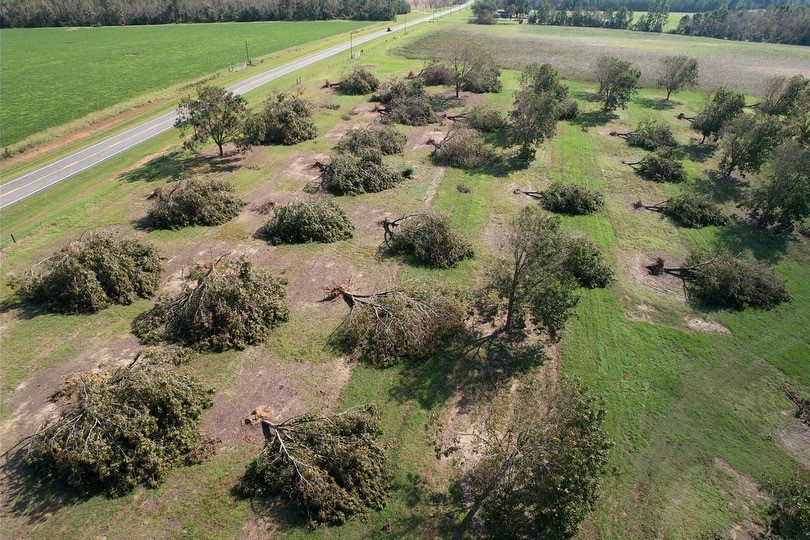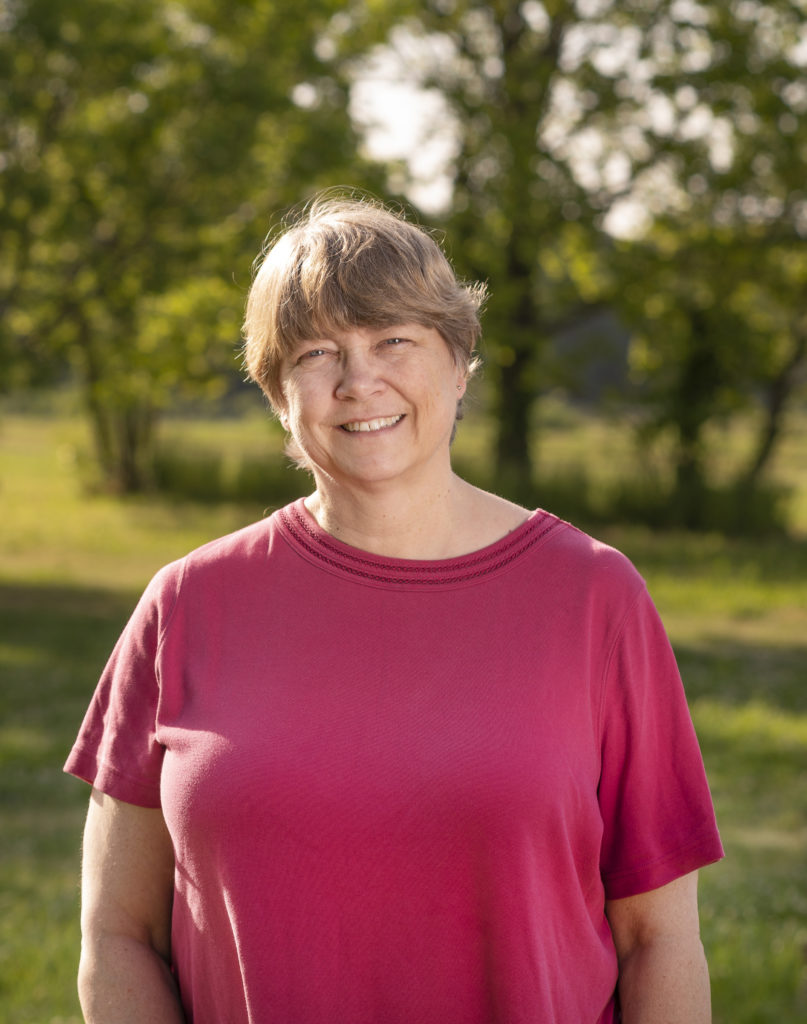
By Clint Thompson
A tropical storm or hurricane in the fall can be more devastating to farmers than if it occurred earlier in the year. Just look at Hurricane Helene in September 2024. Or Hurricane Michael in October 2018.
Two of the most impactful storms in the Southeast in recent memory impacted fruit and vegetable crops, along with cotton and peanuts and pines.
“When you think about it, farmers are usually more vulnerable (now) because that’s when a lot of things are getting harvested,” said Pam Knox, University of Georgia (UGA) Extension agricultural climatologist.

“If the storm happens earlier in the year, sometimes it can be a blessing because it will bring rain if it’s been a dry year. That’s not been this year for sure. If it’s been a dry year, then that tropical rain can really be a blessing. But as it gets later in the season, then we have more and more things that are ready to harvest. Things like cotton really can be impacted by a strong storm.”
Any tropical activity this time of year would not be surprising to Southeast specialty crop growers because the average date for the first hurricane in the Atlantic is around Aug. 11.
Tropical Storm Dexter formed last week off the east coast, though it posed no threat to the Southeast. There were two other areas of potential development, one in the central Atlantic that was expected to stay out at sea. The third area was located off the coast of the Carolinas and had a 30% chance of development.
Though drought-like conditions are starting to expand across the Southeast, rainfall had been the story this summer for producers. It was a surprising development to Knox.
“I’ve been surprised at the amount of rain we’ve been getting. We have had some dry periods, and the heat of course makes that worse,” Knox said. “I’ve noticed the last couple of weeks that the Drought Monitor has started to slowly expand the areas of abnormally dry conditions. But we have had a lot more rain than I thought we might. We were in a La Niña winter and often that leads to dryness in the summer following. We really have not seen it that much this year. Maybe it was because the La Niña was weak, but that’s hard to say. Every year is different.”










